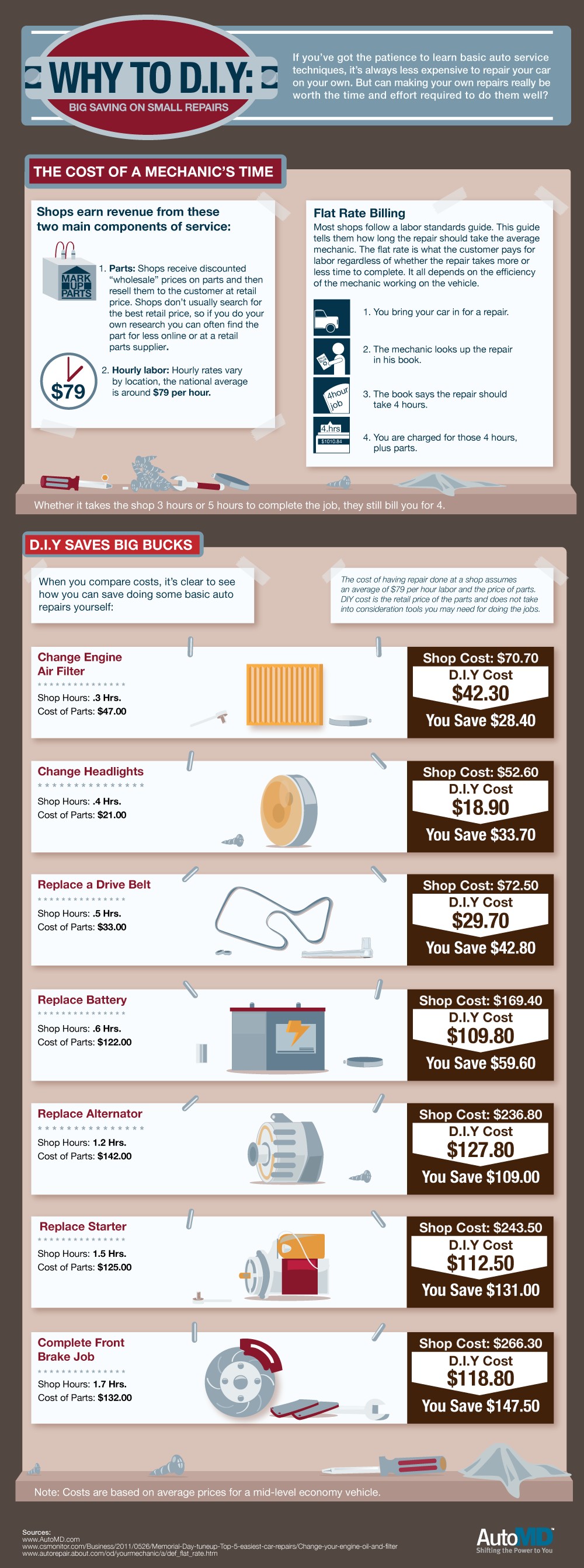Analyzing Your Auto'S Alert Lighting: Their True Ramifications
Analyzing Your Auto'S Alert Lighting: Their True Ramifications
Blog Article
Write-Up Composed By-Termansen Forbes
When you're behind the wheel, those glowing warning lights on your control panel can be a bit puzzling. Do you understand what they're attempting to inform you about your automobile's wellness? Understanding the significance of these lights is vital for your security and the long life of your car. So, the next time one of those lights turns up, would not you want to understand its message accurately and take the needed steps to resolve it?
Common Caution Lights and Interpretations
Recognize typical caution lights in your cars and truck and understand their meanings to guarantee risk-free driving.
One of the most regular warning lights consist of the check engine light, which signals issues with the engine or discharges system. If this light comes on, it's critical to have your vehicle checked quickly.
The oil pressure cautioning light suggests low oil stress, needing immediate attention to avoid engine damage.
A flashing battery light could recommend a malfunctioning charging system, potentially leaving you stranded otherwise addressed.
The tire stress monitoring system (TPMS) light signals you to low tire stress, influencing car security and fuel performance. Overlooking this could lead to dangerous driving conditions.
The abdominal muscle light indicates a problem with the anti-lock stopping system, compromising your capacity to stop swiftly in emergency situations.
Last but not least, the coolant temperature level warning light warns of engine overheating, which can cause extreme damage otherwise dealt with promptly.
Recognizing these typical warning lights will aid you attend to problems without delay and keep secure driving problems.
Significance of Prompt Interest
Recognizing the common caution lights in your auto is only the initial step; the importance of quickly addressing these warnings can not be highlighted enough to guarantee your safety and security on the road.
When a caution light brightens on your control panel, it's your auto's way of communicating a potential issue that requires interest. Ignoring these cautions can bring about extra serious troubles later on, compromising your safety and possibly costing you a lot more out of commission.
Trigger interest to warning lights can prevent malfunctions and mishaps. For example, a flashing check engine light might show a misfire that, if left ignored, can create damages to the catalytic converter. Addressing this without delay can conserve you from an expensive fixing.
In a similar way, a brake system advising light might signal reduced brake liquid or used brake pads, vital elements for your safety when driving.
Do It Yourself Troubleshooting Tips
If you notice a caution light on your dashboard, there are a couple of DIY troubleshooting ideas you can try prior to looking for specialist help.
The initial step is to consult your cars and truck's manual to comprehend what the specific warning light shows. In some cases the problem can be as basic as a loose gas cap causing the check engine light. Tightening the gas cap might fix the issue.
Another common issue is a low battery, which can cause various cautioning lights. Examining cargroomingagaucklandinternationalairport for rust and guaranteeing they're safe could repair the trouble.
If a warning light lingers, you can attempt resetting it by disconnecting the auto's battery for a couple of mins and after that reconnecting it. In addition, inspecting your car's liquid degrees, such as oil, coolant, and brake fluid, can assist fix alerting lights connected to these systems.
Final thought
In conclusion, comprehending your vehicle's warning lights is vital for maintaining your vehicle running smoothly and securely. By immediately resolving just click the up coming internet site and understanding what they mean, you can stay clear of costly repair work and prospective failures.
Keep in mind to consult your vehicle's manual for specific information on each alerting light and do something about it as necessary to guarantee a hassle-free driving experience.
Stay informed, remain risk-free when driving!
